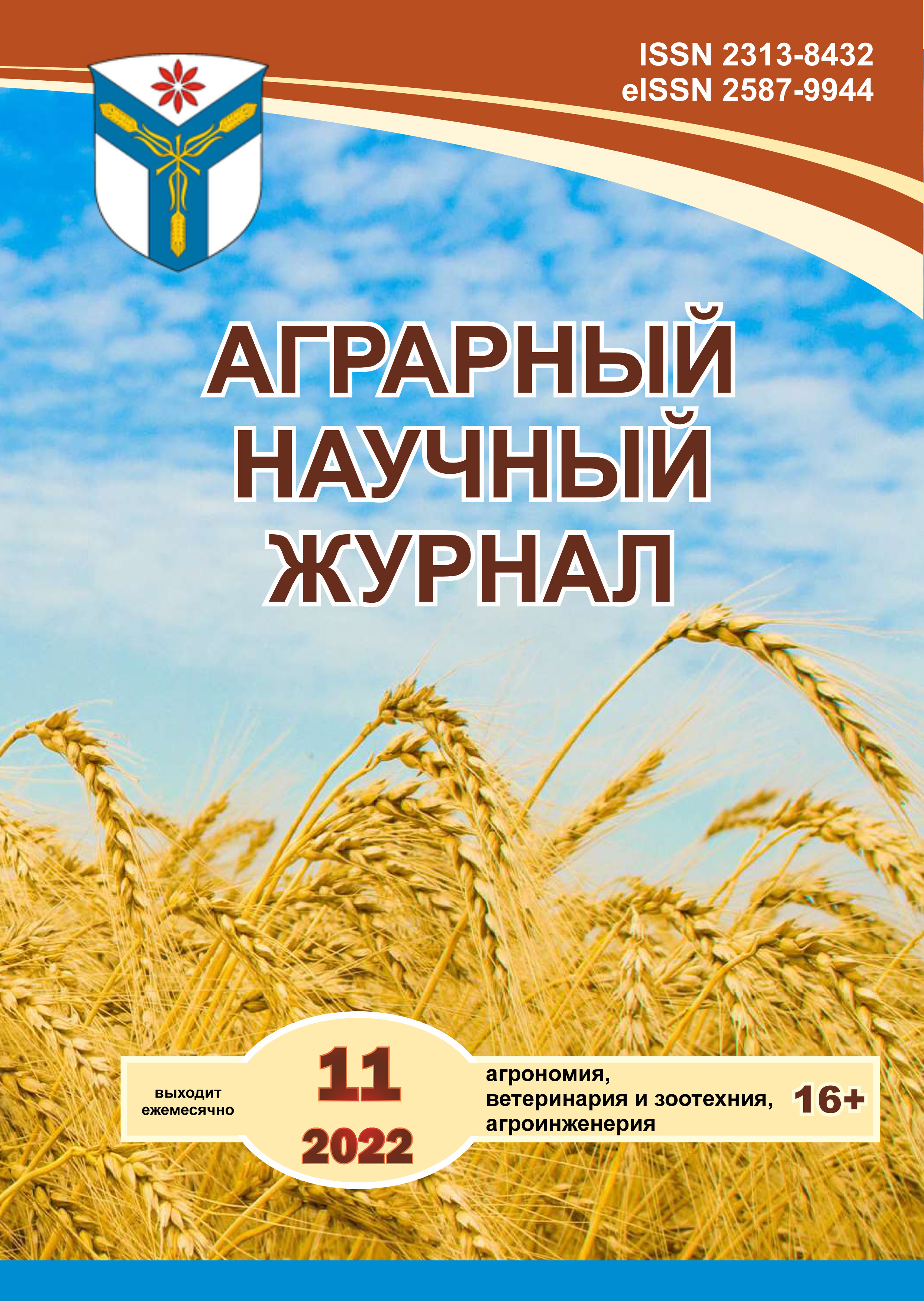Improving measures to improve the hydrological regime of the Kuban water basin on the example of the Pshish River
DOI:
https://doi.org/10.28983/asj.y2022i11pp9-14Keywords:
low-pressure earth dam, fresh water deficit, water basin, hydrological regime, eventsAbstract
The article discusses ways to improve the hydrological regime of the Pshish River in the Kuban water basin. An effective way to reduce damage from floods and floods is to use simulation mathematical models of floods, taking into account joint work, so in the context of a progressive shortage of fresh water, especially in southern Russia, studies of the water resources of the Kuban River basin, especially medium and small rivers, are of particular relevance. Hydrologically, the Pshish River and the Krasnodar Reservoir remain poorly studied, so when the time of flood comes, the level of the water's edge increases significantly, since they will be active feeding boundaries for groundwater in the protected area, and at low low water periods they are drains. When the water levels in the reservoir are less than 29 m, and this is the time of the period of low water level in the river. Pshish in the area of the low-pressure earth dam, and the impact of the water level on the protected area is significantly reduced. The coastline of the Krasnodar reservoir recedes from the transverse low-pressure dam far to the northwest, exposing the previously flooded river bed. Taking into account the emerging database on the real technical condition of hydraulic structures of the flood control system of the Lower Kuban, obtained using non-destructive methods and satellite technologies. Simulation mathematical modeling makes it possible to optimize the operating mode of spillways of the flood control system of the Lower Kuban, namely for a low-pressure earthen dam for summer and winter floods, for the conditions for the occurrence of congestion and the occurrence of surge phenomena on the river. All this makes it possible to develop specific anti-flood measures before, during and after the passage of the flood. The effectiveness of engineering flood protection largely depends on the technical condition of the flood control system in the Lower Kuban. Simulation mathematical modeling allows you to determine those parts of the system that require priority investment.
Downloads
References
Abdrazakov F. K., Orlova S. S., Pankova T. A., Mirkina E. N., Fedyunina T. V. The monitoring of condition of hydraulic structures // Journal of Advanced Research in Dynamical and Control Systems. 2018. Vol. 10. No. 13. P. 1952–1958.
Bandurin M. A., Volosukhin V. A., Vanzha V. V. Technology for water economy monitoring of technical state of closed drainage on irrigation systems // Materials Science Forum. 2018. Vol. 931. P. 214-218.
Olgarenko V. I., Olgarenko I. V. Technical condition diagnostics of the water supply facilities in the irrigation systems // Construction and Architecture: Theory and Practice for the innovation Development. IOP Conference Series: Materials Science and Engineering : The International Scientific Conference. 2019. Vol. 698. 022060.
Safronova T.I., Vladimirov S.A., Prikhodkо I.А., Sergeyev A.Е. Optimization problem in mathematical modeling of technological processes of economic activity on rice irrigation systems // E3S Web of Conferences: 8, Rostovon-Don, 19–30 августа 2020 года. Rostov on Don, 2020. P. 05014. – DOI 10.1051/e3sconf/202021005014.
Vladimirov S.A., Prikhodkо I.А., Safronova T.I., Chebanova E.F. Water regime formation of river basins in the delta zone on the example of the Azov region // E3S Web of Conferences : 13, Rostovon-Don, 26–28 февраля 2020 года. Rostovon-Don, 2020. P. 12010.
Бандурин М. А. Волосухин В. А. Мониторинг сооружений водного хозяйства. Инновационные пути развития агропромышленного комплекса: задачи и перспективы. Зерноград, 2012. С. 98-101.
Болгов М.В., Беляев А.И., Пугачева А.М., Власенко М.В., Шульгин М.В. Азово-Донская водная проблема // Водные ресурсы. 2020. Т. 47. № 6. С. 755-766.
Волосухин В. А., Бандурин М. А. Необходимость многофакторной диагностики Донской шлюзованной системы в условиях роста дефицита водных ресурсов и безопасности сооружений // Вестник государственного университета морского и речного флота им. адмирала С.О. Макарова. 2017. Т. 9. № 2. С. 346-354.
Кирейчева Л. В., Карпенко Н. П., Хохлова О. Б. Новые технологии проектирования, обоснования строительства, эксплуатации и управления мелиоративными системами / Всероссийский научно-исследовательский институт гидротехники и мелиорации имени А.Н. Костякова. М., 2010. 240 с.
Кирейчева Л. В., Носов А. К., Юрченко И. Ф. Приоритетные направления развития инновационных технологий в орошении // Современные проблемы мелиорации и водного хозяйства: материалы Междунар. науч.-практ. конф., посвящ. 85-летию ВНИИГиМа. М., 2009. С. 76-85.
Корнилова Т.И., Григорьев М.Ф., Сивцев И.Г., Румянцев В.А., Винокуров Н.В. Проблемы оптимизации гидрологических циклов малых рек центральной Якутии // Сельское, лесное и водное хозяйство. 2014. № 4 (31).С. 5.
Островский Н. В., Ванжа В. В., Самойлюков Ю. Н. Эффективные решения по автоматизации локализованных ирригационных систем // Аграрный научный журнал. 2021. № 11. С. 102-107.
Юрченко И.Ф. Информационные технологии и организация информационных ресурсов управления агроэкосистемами: прошлое, настоящее, будущее // Modern Science. 2019. № 12-2. С. 13-16.
Юрченко И.Ф. Технологии прецизионного управления мелиоративным режимом агроэкосистем // Научно-методическое обеспечение развития мелиоративно-водохозяйственного комплекса: сб. науч. трудов. М., 2020. С. 222-233.
Downloads
Published
Issue
Section
License
Copyright (c) 2022 The Agrarian Scientific Journal

This work is licensed under a Creative Commons Attribution-NonCommercial-NoDerivatives 4.0 International License.








